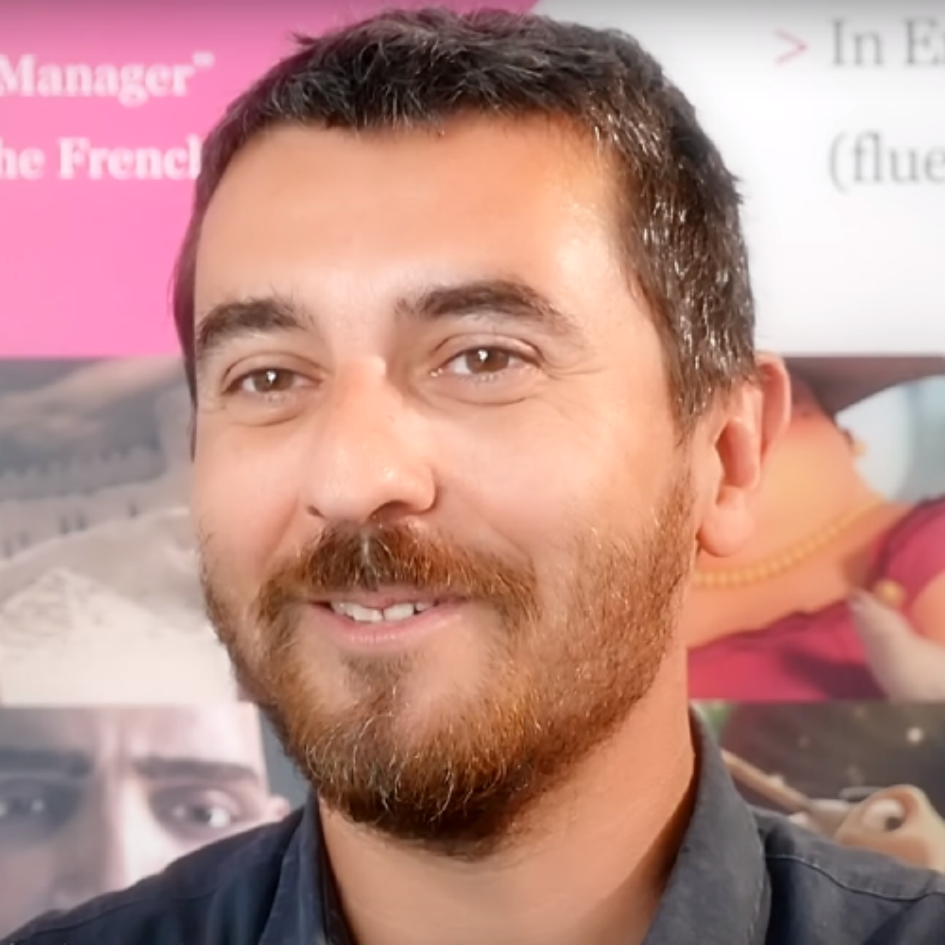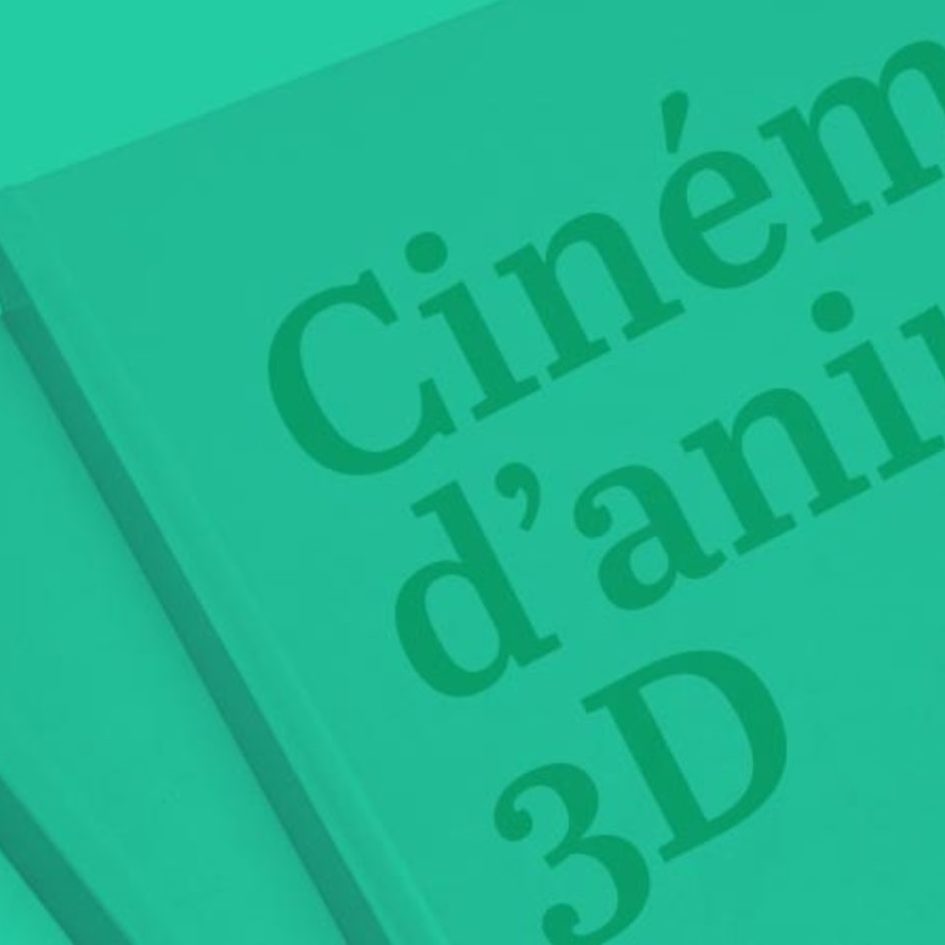Becoming
Surfacing Artist
The surfacing artist adds texture and colour to characters, environments and CG accessories in an animated function, in order to enhance their visual appeal based on the design style defined by the artistic director, the production designer and the film director.
THE MISSIONS OF THE SURFACING ARTIST
After the modelling phase, the surfacing artist takes the lead (definition of materials, textures that will cover a 3D volume), before the lighting and the final rendering phase.
The surfacing artist is responsible for complex and technically demanding surfacing configurations. In a way, he digitally “paints” with complex equations and specialized software.
He works closely with the modelling and the lighting departments to ensure surfacing needs to be met in parallel with the needs of other departments.
Of course, surfacing artists interact with their mouse and screen.
HIS KNOW-HOW, HIS SKILLS
The surfacing artist obviously masters specialized software (Body Paint, Maya, Renderman, Zbrush, Mudbox, Photoshop…)
Being a surfacing artist requires creativity, open-mindedness, a good eye for design elements such as details, scale, composition, colour and shape.
He must produce consistent, high-quality work while maintaining a steady flow of assignments and meeting strict deadlines. He creates different visual styles according to the requirements.
Knowledge of modelling and lighting / shading is an asset, as the surfacing artist works together with the production team and respects the setting up of the pipeline necessary for the smooth production of an animated film.
This induces a good relationship between the people involved in the project, to lead to efficient and effective work.
Thus, the surfacing artist must collaborate with lighting and shading artists, as well as with look development artists, in order to create many aspects and texture styles.
Generally, strong interpersonal skills, organizational skills, time management skills, and the ability to be independent in problem solving are key assets in this specialization.
CAREER DEVELOPMENT OPPORTUNITIES
Surfacing artists are in demand. They most often work in animation studios. They may also have the opportunity to work with independent studios.
After a few years of experience, the surfacing artist may consider moving into positions of greater responsibility such as supervisor or other management positions within the VFX department.







